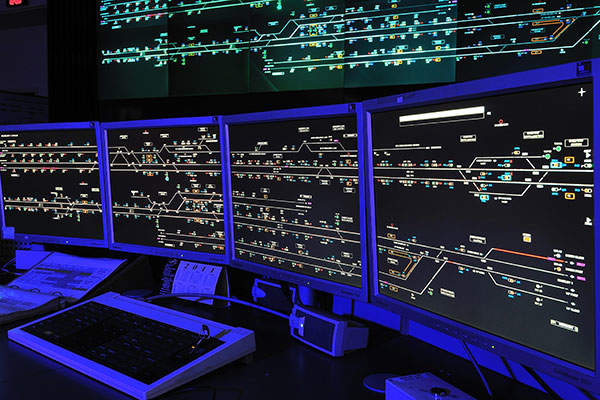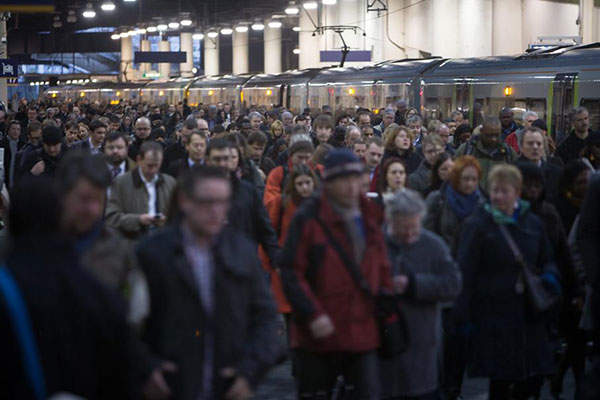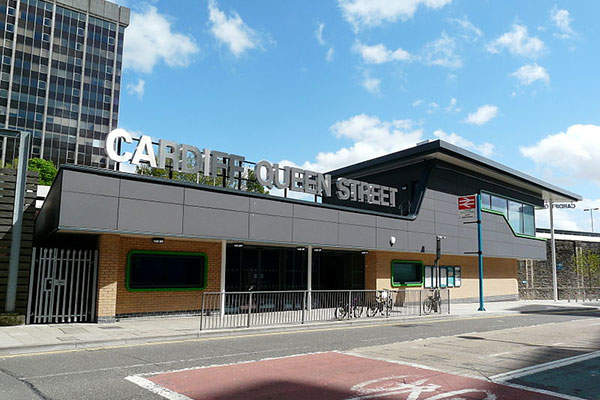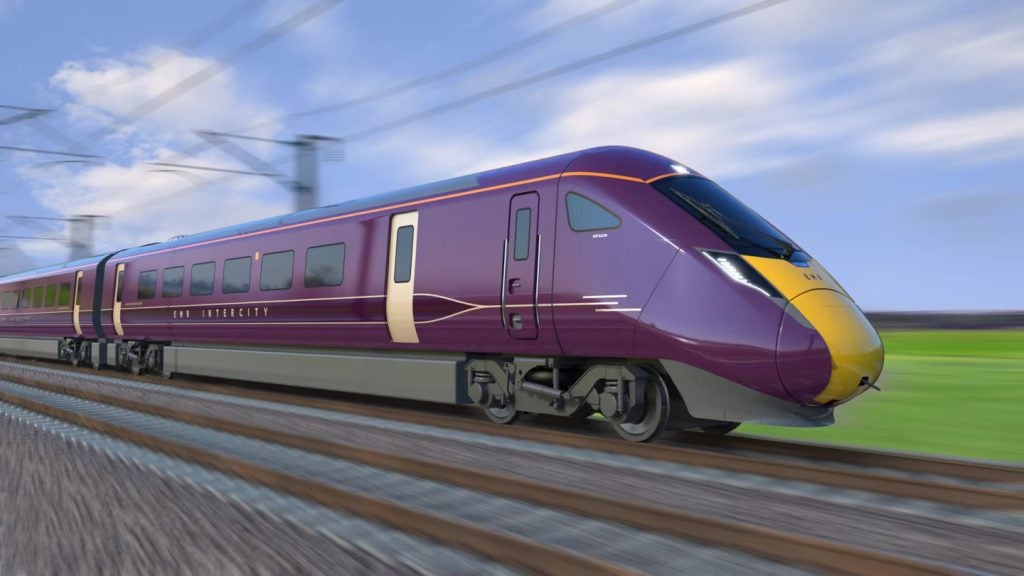The Cardiff Area Signalling Renewal (CASR) project improved station entrances, added new platforms, and upgraded track and signalling to increase the reliability and capacity of the Cardiff and Valleys rail network in the UK.
Initiated by Network Rail in August 2012, the project included the replacement of approximately 300 signals, 12 miles of track and 59 sets of points. It was completed in early 2017.
CASR project details
The CASR project involved the replacement of old signalling systems and the installation of approximately 900 train detection sections, 900km signalling cable, 194 LED signals and 137 iLs signals. It also included the installation of 150km of 650V power and distribution cable.
The project scope covered seven new platforms across the network’s stations, including Barry, Caerphilly, Pontypridd and Tir-Phil, as well as the construction of a new station at Energlyn. It included the construction of an additional platform at Cardiff Central, the reopening of a disused platform at Cardiff Queen Street, and new entrances at Cardiff Central and Cardiff Queen Street stations.
Cardiff Area Signalling Renewal project benefits and financing
The CASR project removed the rail bottleneck between Cardiff Central and Queen Street, allowing the transit of 16 passenger trains an hour. It also allows more freight trains to run through Cardiff. The project is the first step towards the electrification of the Valleys’ network.
The project was initially estimated to be completed with an investment of £220m ($338.36m), but due to cost escalations the total ran into £268m ($412.19m). The project was funded by Network Rail, the DfT and the Welsh Government, as well as private parties.
Construction and infrastructure
The construction on the CASR project was initiated in August 2012 and included five work phases, namely Vale of Glamorgan, Valley Lines, Barry, East of Cardiff, Cardiff Central and West of Cardiff.
The construction of a new station at Energlyn and installation of platforms at Cardiff Queen Street and Tir-Phil stations began in early 2013. The construction of platforms at Caerphilly and Barry stations and a temporary ticket office and extension to Platform 6/7 at Cardiff Central station began in mid-2013.
By late 2013, the new Caerphilly and Tir-Phil platforms were open, the old building at the south of Cardiff Central station was demolished and the construction of Energlyn station was completed.
Construction of a new station entrance at Cardiff Queen Street and installation of a step-free access ramp at Tir-Phil began in early 2014. The track and platform works at Pontypridd station also began in early 2014. The new station entrance construction at the south side of Cardiff Central station began in mid-2014. The new platform at Barry station was built by September 2014 and upgrades at Cardiff Queen Street station were completed by December 2014.
Contractors involved
Mott MacDonald was contracted to provide architectural, as well as mechanical and electrical building services for the CASR project in July 2011.
The contract for the core signalling requirements of the CASR project was awarded to Birse in September 2011.
STM was contracted to provide site security for the project in October 2011. Siemens was awarded a contract to deliver lineside telephones, copper and fibre-cable infrastructure, and miscellaneous telecommunication systems.
Balfour Beatty was awarded a contract to work on all track, including switch and crossings. BAM Nuttall was contracted to provide new entrances and platforms at the Central and Queen Street stations.
Atkins was awarded two contracts worth £64m for the CASR project in Cardiff and wider South Wales area. The company was responsible for designing, managing and implementing the replacement of signalling and associated power and distribution equipment across 192 route miles of track between Newport and Port Talbot, covering the Vale of Glamorgan and Valleys areas.
Hedson Rail was awarded a £20m ($30.76m) contract to provide project management and engineering consultancy to Balfour Beatty.
Wrightstyle was contracted to provide, design, test and supply the steel and glass systems for the Cardiff stations. It supplied more than 300m² of enhanced curtain wall systems, along with doors, windows and automated sliding entrance doors.










